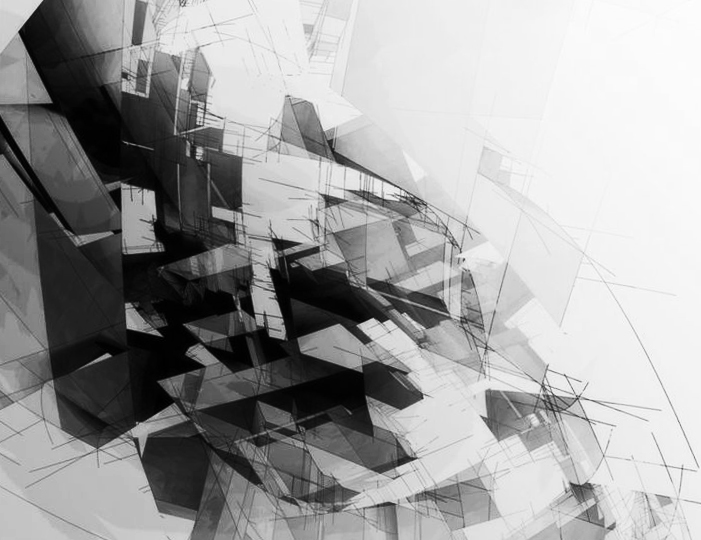
www.patrikschumacher.com
“As a style, parametricism is marked by its aims, ambitions, methodological principles, and evaluative criteria, as well as by its characteristic formal repertoire.”Patrik Schumacher.
Parametricism has fully emerged in recent years becoming a new dominant style for Avant- garde Architecture. Based on advanced parametric design systems and scripting techniques, this new style can be implicated on all scales from architecture and interior design to large scale urban design having the capacity to articulate programmatic complexity. Avant-garde architecture is being able to adapt to the demands of the socio-economic era of post-Fordism through various parametric techniques like animation, simulation and parametric modelling. These techniques have led to new architectural movement which by using these tools are inspiring new values and ambitions.
While some disagree with the notion of categorizing work to fit into a style, Schumacher calls for a conceptual reconstruction, meaning that we must disregard style as a matter of appearance, and move to understand style as “a design research program conceived in the way that paradigms frame scientific research programs.”
Although parametric tools are prominent drive for this new style parametricism, however they are not the main factor which shifted modernism to parametricism. Rather it’s the usage of these tools from a way to absorb complexity into a way to amplify visual differentiation logics.
The advancement within prametricism relates to 5 agendas that shall push design processes further:
1. Parametric Inter-articulation of Sub-systems: Scripted association of multiple subsystems with interrelations of differentiations.
2. Parametric Accentuation: Emphasizing differentiations and deviations.
3.Parametric Figuration: When quantitative paramentric modifications create amplified qualitative variations.
4.Parametric Responsiveness: Real time kinetic adaptation to occupation patterns and environment.
5.Parametric Urbanism: To integrate the building morphology – all the way to the detailed tectonic articulation and the interior organization.
In the first two paragraphs of City of tomorrow, le Corbusier contrasted the straight line with pack donkey way. He admired the regular roman cities and believed that the house the city and the urban scale should be ordered otherwise it would oppose itself. However today we can reveal an underlying logic out of nature’s chaotic patterns. Frei Otto, has done several studies to find the hidden logic of nature’s complex patterns, and also his pioneering work analyzing urban settlements based on two fundamental processes: occupying and connecting. Frei Otto distinguishes three fundamental types of configuration: direct path networks, minimal path
networks and minimizing detour networks. His form finding processes could raise the talk about relational fields comprised of correlated sub-layers. Likewise parametricism aims to construct new field logics that operate via the mutually accentuating correlation of multiple urban systems: fabric modulation, street systems, system of open spaces etc. The agenda of deep rationality implies that the fabric modulation also extends to the tectonic articulation.
What’s a bit problematic about Patrik’s text, is that first he relate computational techniques to for an aesthetical realm, when aesthetics has nothing to do with design processes. Further he strictly defines parametricim as a style while it could be more defined as a research technique and form finding process. To categorize it into a style would be overwhelming especially when he emphasize about the parametric role to compute and to manage paramount effects through technical variations. Yes, prametricism is a new technique rather than a style in avant -garde architecture, and it has to do with manipulation complex system to control various inputs in architecture. Whether it’s more or less differentiated, organic or with sharp angles, ordered or chaotic , it is an irrelevant estimation for what defines a better architecture from another.
As a research topic, I would like to investigate in what ways parametricism could enhance performative architecture and specific sensory experiences. When different atmospherical variations are controlled, in what way would these qualities appear?


